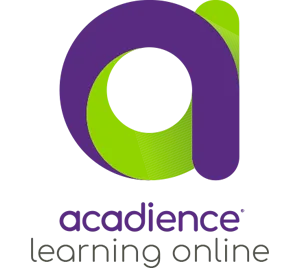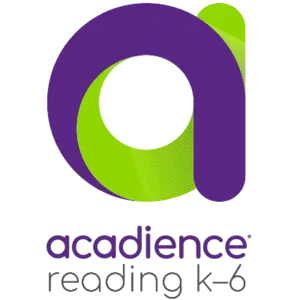One Teacher’s Discovery of a Better Way To Benchmark

Thanks to decades of research, we now have a solid understanding of what happens in the brain when learning to read. Although it may happen at different speeds for different students, this pathway to reading is the same for everyone. This knowledge is powerful because it helps identify places where literacy development is breaking down for students. One essential way to identify these places of breakdown is to utilize benchmark assessments that provide relevant and useful data.
Knowing which assessments to give and how to interpret the data from those assessments can be a challenging endeavor. As educators, we want data to serve a purpose. We want it to help move our growing readers along in their literacy development. We need assessments that are efficient and give us quality information about the needs of our students. On my science of reading journey, I have learned a lot about how to make benchmark assessments work for me in my classroom. In this blog post, I will share how I use these assessments to inform my instruction and intervention.
Where to Start
Collecting relevant and helpful literacy data starts with a strong benchmark, or screening, assessment. The power of a good screening assessment is how it identifies students who are at risk for reading failure. It gives reliable information about which students may need extra support. I use Acadience® Reading K–6 as my preferred screening assessment; its digital platform, Acadience® Learning Online (ALO), makes administering this assessment easy and efficient.
A good screening assessment will focus on skills that indicate potential reading risk. The chart below highlights some key elements to look for in a good screening assessment.
| Foundational Reading Skill: | What to look for in a screening assessment: |
|---|---|
| Letter Naming Knowledge | Look for an assessment that asks students to identify letter names. Being able to identify letter names in kindergarten is a highly predictive skill for later reading success. |
| Phonemic Awareness | Look for an assessment that asks students to identify and manipulate the phonemes, or speech sounds, in words. |
| Phonics | Look for an assessment that requires students to decode words based on common, consistent phonics patterns. Many screening assessments focus on CVC words that include single consonants and short vowels. |
| Fluency | Look for an assessment that has students read grade-level text while tracking words read correctly and overall accuracy. This kind of assessment will provide a snapshot of a student’s decoding and fluency abilities. |
| Comprehension | Look for an assessment that asks students to retell something they’ve read. This gives a snapshot of how a student is making meaning while reading. Some screening assessments also ask students to retell a story that was read to them. This can assess oral language comprehension. |
Looking at the Data
Once I have given benchmark assessments to all of my students, it’s time to analyze the data. This analysis will look different at different grade levels, but I have two main goals that are always the same. First, I want to identify any needs that are significant enough to be addressed with the whole class during core instruction. If a majority of students are struggling with the same skill(s), then my regular classroom instruction will need to adjust. Second, for students who will need extra support, I want to create groups of students with similar skill needs. This will make my job easier as I plan interventions.
The type of data collected and the importance of that data changes as I move through the elementary grades. In kindergarten, screening assessments that address letter knowledge and phonemic awareness are especially important. These are highly predictive skills, meaning they reliably indicate whether or not a student might have reading difficulties in later grades. By first grade, my screening assessment should also check on phonics skills. It should help identify students who are struggling to decode words. I would also give these students a Phonics Decoding Survey to gather more diagnostic information about their knowledge of phonics patterns.
As I move into the upper-elementary grades, a good screening assessment will include the reading of grade-level text, often for a one-minute snapshot. This kind of assessment helps identify students who might have foundational skill deficits. Once those students are identified, I can work backward to check for issues with fluency, phonics, and phonemic awareness. I often use screening assessments from earlier grades and/or diagnostic assessments, like a Phonics Decoding Survey, to find problem areas in foundational skills. It can feel a bit like detective work, but if a student cannot read grade-level text fluently, there is likely a foundational skill deficit that needs to be discovered and supported. A screening assessment at these upper-elementary grades should also capture information about student comprehension so those needs can be addressed as well.
A good screening assessment is both efficient and helpful. Knowing how to use a good screening assessment and how to analyze the data sets educators up to provide the kind of instruction and intervention students need. To learn more about using assessment to inform instruction, check out these webinars from EDVIEW360:


